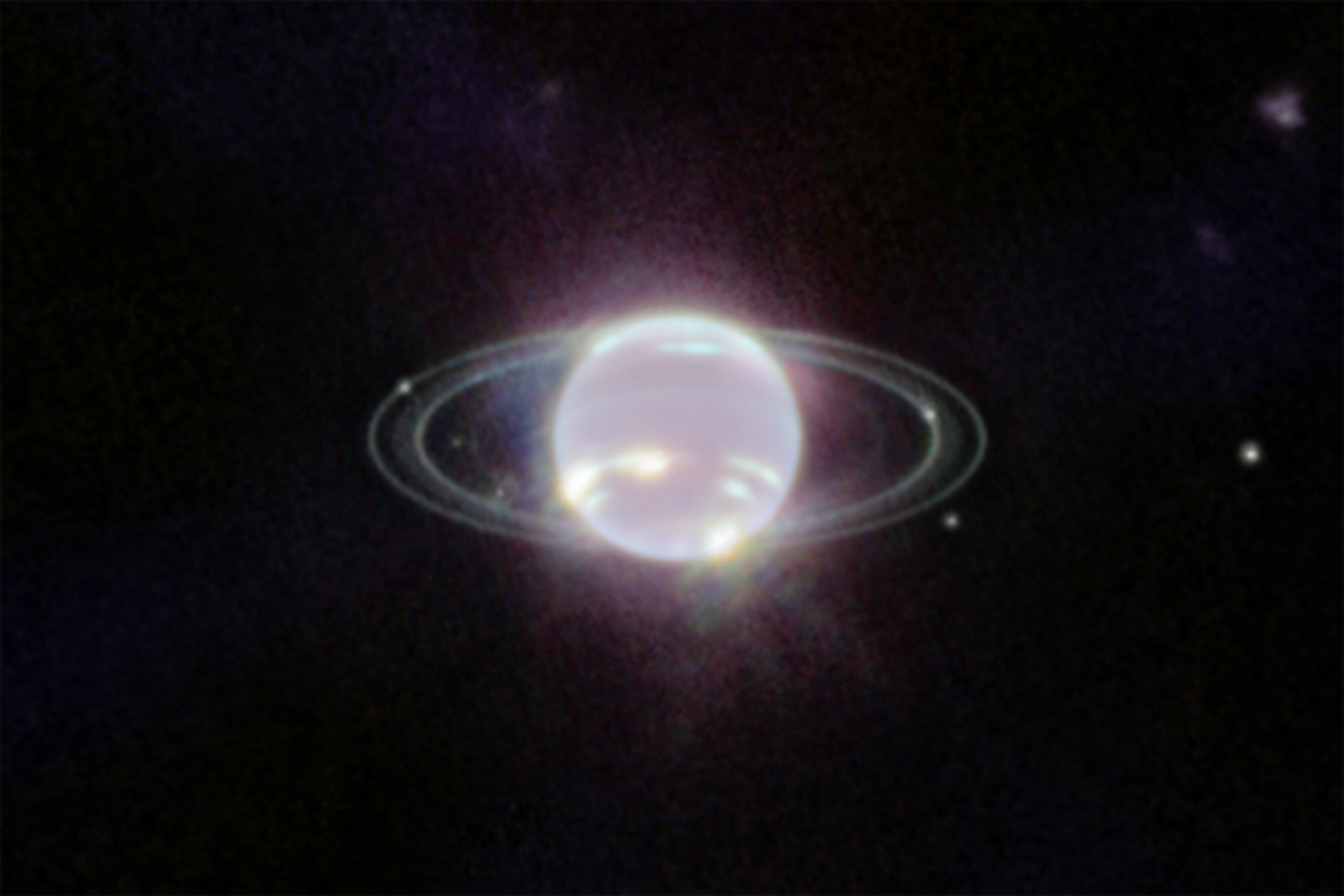Despite being part of our own solar system, Neptune has long been a cosmic mystery. It’s the most distant planet from the Sun and also one of the least explored. Only one spacecraft—Voyager 2—has ever flown by it, and even our most powerful telescopes have struggled to reveal much about its dynamic, icy atmosphere.
But now, after decades of failed attempts, scientists have finally detected auroras on Neptune—and the discovery is already reshaping how we understand the planet’s hidden workings.
Auroras are brilliant atmospheric light shows caused by charged particles interacting with a planet’s magnetic field, have been seen on planets like Earth, Jupiter, and Saturn. But Neptune’s remained elusive. Until we pointed the James Web Space telescope at our distant neighbor.
Using Webb’s infrared instruments, astronomers spotted the first definitive evidence of auroras on Neptune, which they highlighted in a new Nature Astronomy study. Unlike the polar displays we see here on Earth, these auroras appeared closer to Neptune’s mid-latitudes—thanks to its bizarre magnetic field, which is tilted nearly 50 degrees off its rotation axis.

That odd geometry is part of what makes Neptune so hard to study. The planet’s magnetic field is completely lopsided, which may explain why its auroras don’t behave like those on other planets. It also adds a new layer to Neptune’s reputation as one of the most unpredictable and least understood worlds in our solar system.
So why did it take so long to find them? Turns out the Webb telescope revealed something unexpected: Neptune’s upper atmosphere has cooled significantly over the past few decades—from about 900°F during the Voyager 2 flyby in 1989 to around 200°F today.
That cooler temperature makes the auroras incredibly faint—about one percent as bright as scientists expected. This dramatic temperature drop raises a fresh question: what’s causing Neptune’s atmosphere to chill so rapidly?
Still, the long-awaited discovery of auroras on Neptune is more than just a visual victory. These lights act like a cosmic X-ray, helping scientists trace the structure of Neptune’s magnetic field and the charged particles flowing through its atmosphere.
Every new piece of data helps peel back the mystery surrounding this cold, distant planet. With scientists discovering hidden moons around Neptune and Uranus, as well as research claiming the distant planets could be home to hidden oceans, we can only hope future exploration missions will help us unravel more about the mystery of our solar system’s most far-flung planets.








